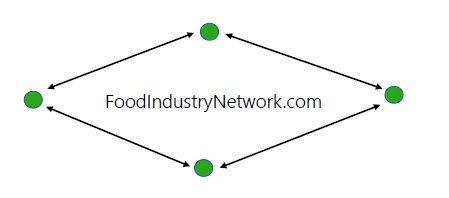Primark enjoys bumper festive UK sales as shoppers head to city centres | Primark
Primark’s sales rose ahead of expectations over Christmas as shoppers returned to city centres and consumer spending was more resilient than anticipated.
Sales at the cut-price fashion chain’s established stores rose by 11% in the four months to 17 January, compared with the same period a year before, as owner Associated British Foods (ABF) said it had sold more items of clothing while prices had also risen.
In the UK, sales were up by 15%, nearly all of which was like-for-like growth, stripping out help from new store openings. It said the numbers of shoppers visiting city centres – which were hit during the pandemic by the shift to home working – were up strongly, having caught up with retail parks and shopping centres which bounced back more quickly.
The retailer’s performance echoes similar experiences at Next and Marks & Spencer, which did well in stores, while the online specialists Boohoo and Asos reported sales falling back amid concerns about deliveries.
Primark does not sell online, but it said a new service enabling shoppers to buy children’s items on the internet for pickup in 25 UK stores had gone well while the option to check stock availability in particular stores had led to an 85% leap in website traffic.
Total sales at ABF rose 16% as its groceries group – which includes brands such as Twinings and Kingsmill – as well as its sugar and ingredients businesses contributed to growth.
“Consumer spending has proved to be more resilient in this trading period than anticipated at the start of the financial year,” the company said in a statement.
It said trading through January had been encouraging but warned “macro-economic headwinds remain and may weigh on consumer spending in the months ahead”.
Despite the better than expected sales performance, ABF said its profit expectations for the year remained unchanged – suggesting ongoing pressure from inflation.
The group said it continued to “encounter significant cost pressures” so that profit margins were likely to be down for the year, but it said “inflation has become less volatile and recently some commodity costs have declined”.
Source: theguardian.com

